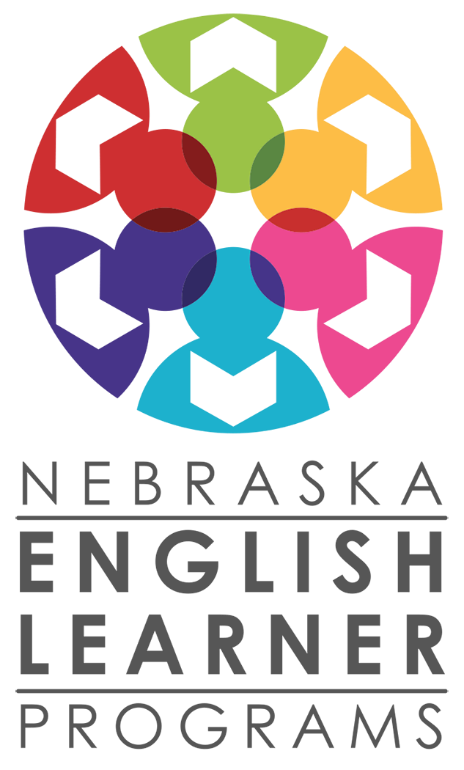Immigrant Definition and Allowable Activities
The term immigrant children and youth, which is defined in Section 3201(5) of Title III, refers to individuals who:
- are aged 3 through 21;
- were not born in any State; and
- have not been attending one or more schools in any one or more States for more than 3 full academic years.
- What is the definition of 3 full academic years?
- Some states define an academic year as 9 months, while other States count an academic year as 10 months. If a student has been in different schools in different school districts and even in different States, the number of months that the student has been in school in any one or more States must not add up to a total of more than 3 full academic years.
- What is the definition of 3 full academic years?
The term “state” means each of the 50 states, the District of Columbia, and the Commonwealth of Puerto Rico.
Grant Allotment Minimum
Nebraska has also placed a minimum $5,000 grant in order to qualify for grants under this program in order to qualify for the minimum grant.
Section 3114(d) authorizes special subgrants for districts and/or districts in consortia or collaboration with educational service units, with a significant increase in the percentage or number of immigrant children and youth enrolled in the district and/or consortium.
How is Eligibility Determined?
The State examines data provided by LEAs and consortia to determine whether there has been a significant increase, as compared to the average of the two preceding fiscal years, in the percentage or number of immigrant children and youth. States have considerable discretion in implementing this provision. Districts and/or consortia must have experienced a significant increase in the percentage or number of immigrant children and youth. (Nebraska Department of Education defined “significant increase” as at least a 5% growth in the number of immigrant children).
Allocations
Authorized Activities
Under the statutes, the LEA must provide enhanced instructional opportunities for immigrant children and youth, which may include:
- Family literacy, parent and family outreach, and training activities designed to assist parents and families to become active participants in the education of their children;
- Recruitment of and support for personnel, including teachers and paraprofessionals who have been specifically trained, or are being trained, to provide services to immigrant children and youth;
- Provision of tutorials, mentoring, and academic or career counseling for immigrant children and youth;
- Identification, development, and acquisition of curricular materials, educational software, and technologies to be used in the program;
- Basic instructional services that are directly attributable to the presence in the school district of immigrant children and youth, including the payment of costs providing additional classroom supplies, costs of transportation, or such other costs as are directly attributable to such additional basic instructional services;
- Other instructional services that are designed to assist immigrant children and youth to achieve in elementary and secondary schools in the U.S. such as program as of instruction to the educational system and civics education;
- Activities coordinated with community-based organizations, institutions of higher education, private sector entities, or other entities with expertise in working with immigrants, to assist parents and families of immigrant children and youth by offering comprehensive community services.
For Guidance from U.S. Department of Education click here.




